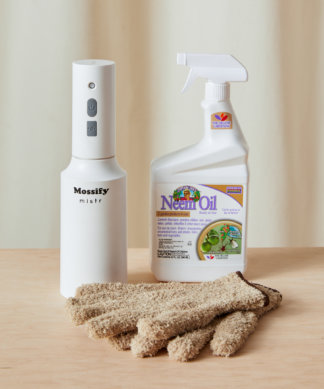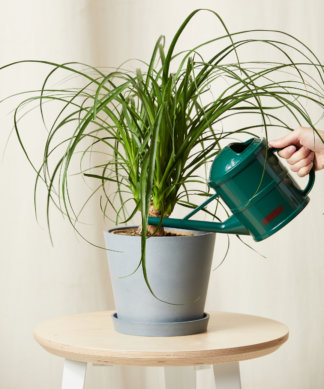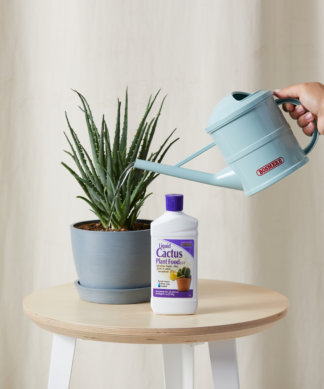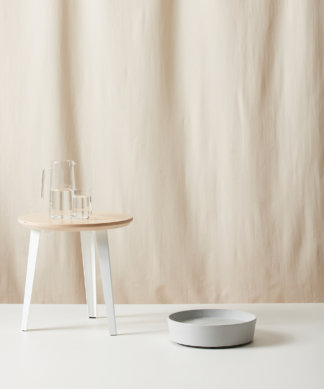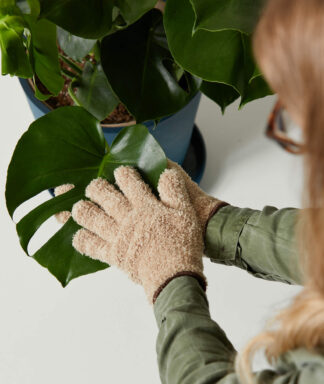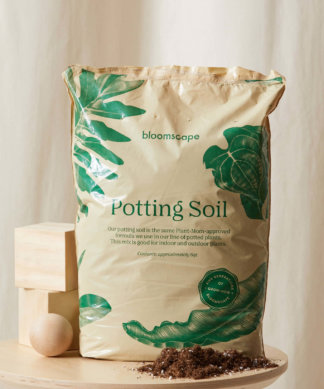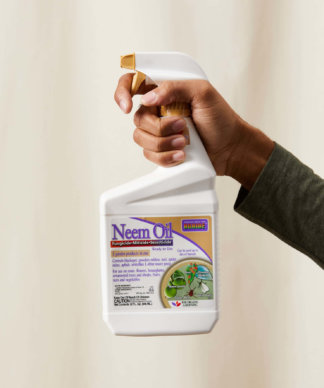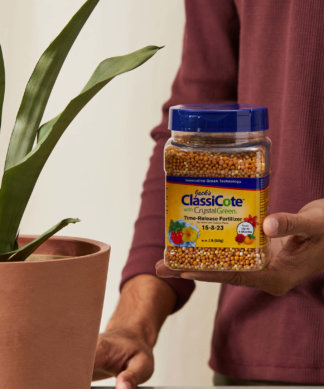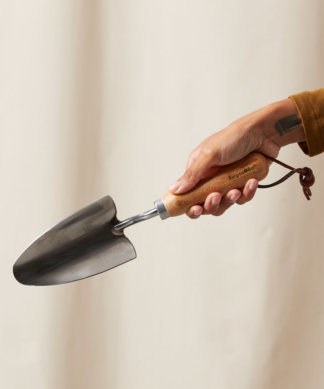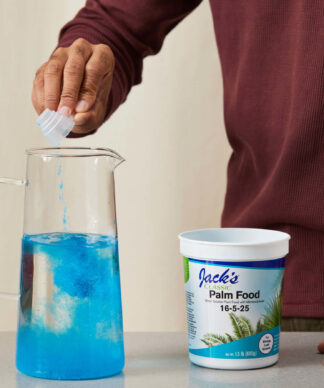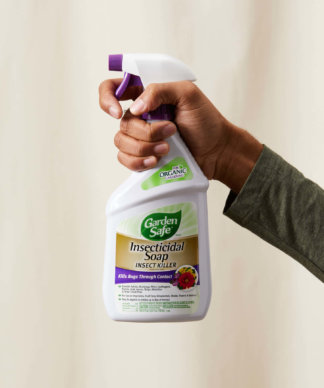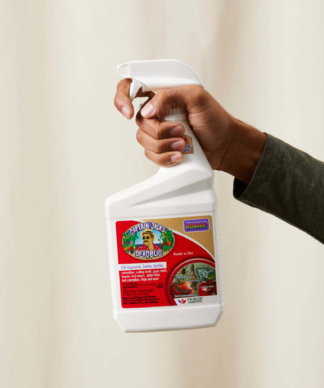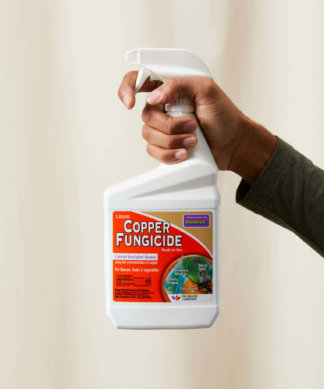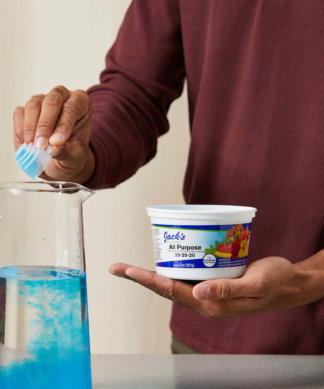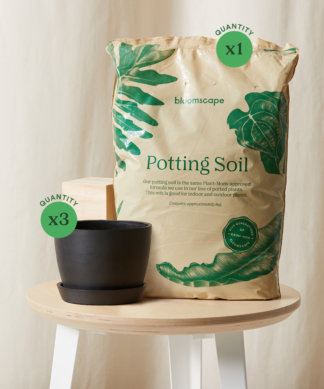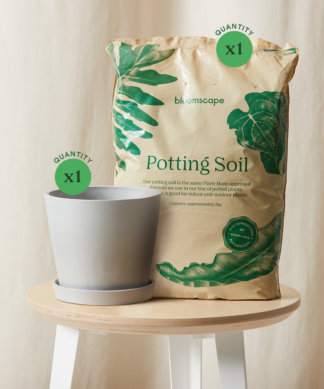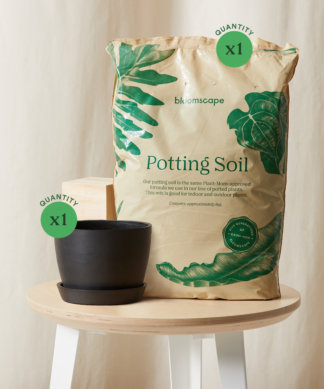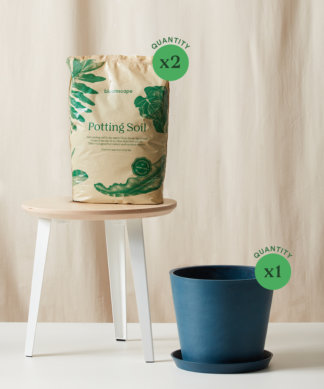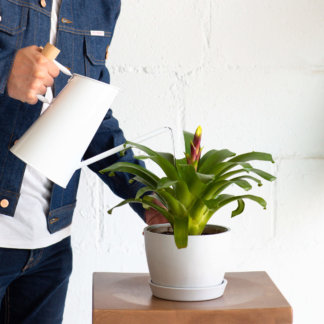Plant Care
6 Common Indoor Plant Care Mistakes
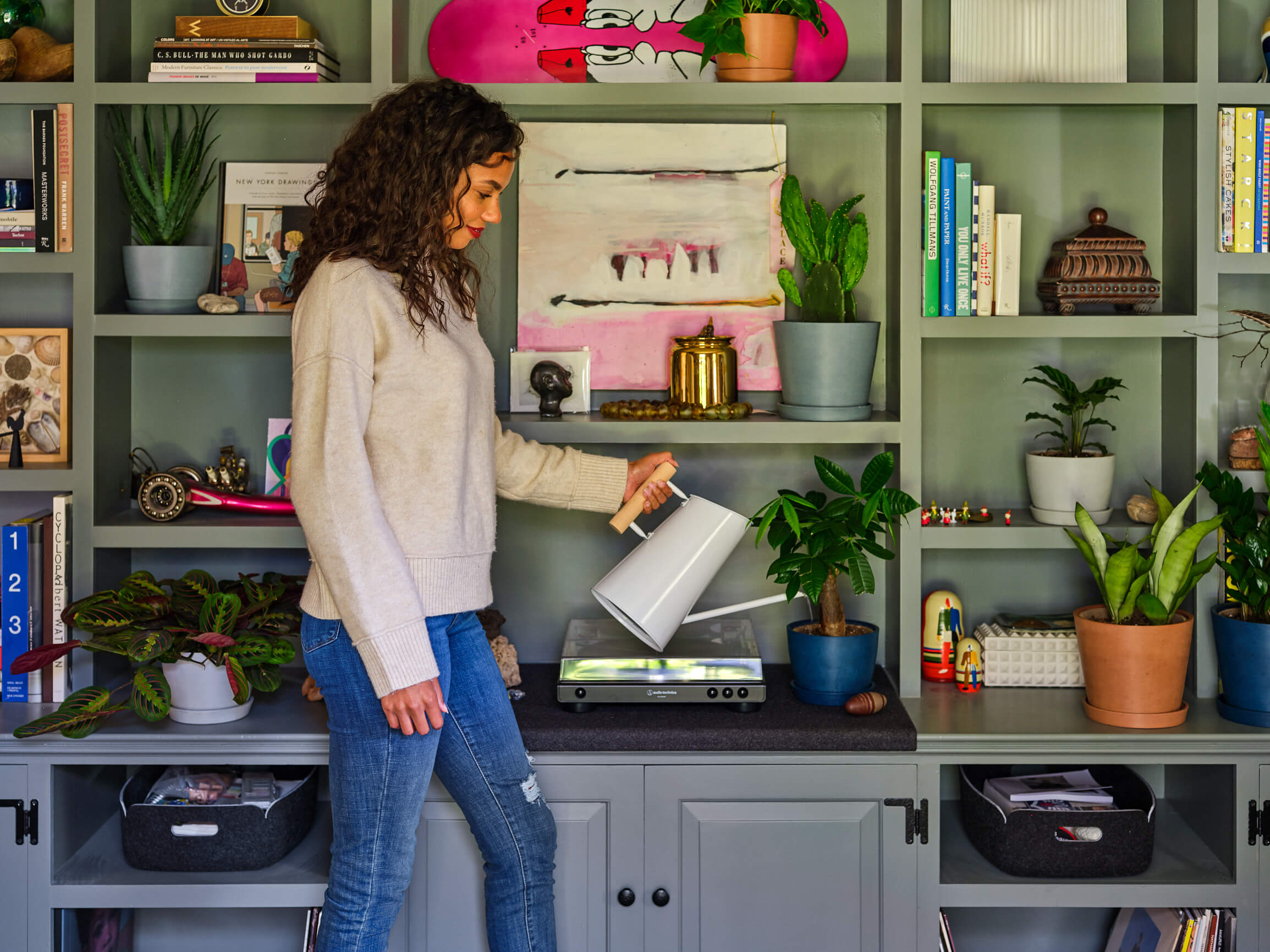
From overwatering to under-fertilizing, there are a lot of mistakes new plant parents can make when caring for their greenery. Here are the six most common mistakes people make with their indoor plants.

1. Overwatering
Watering is the most important task for any plant owner to master. It’s easy to assume that if some water is good, then more water must be better. Unfortunately, this couldn’t be further from the truth for most houseplant species. Every type of plant has its own water preferences, with some preferring only a sip or two every few months and others chugging a gallon or more weekly.
To ensure you’re watering your plants correctly you first need to research how much water said species requires. We recommend referencing our plant care guides to better understand their individual preferences.
Learn more about overwatering by reading our article on the 5 Telltale Signs of Overwatered Plants.

2. Dirty Foliage
Dusting and cleaning our plant’s leaves can be an easily overlooked plant care task. In the wild, rainwater and wind do the work of removing dirt and debris from the plant’s leaves. Indoors, we must take on this task ourselves. The best way to remove dust and dirt is to gently wipe down the plant’s foliage with a wet cloth or microfiber dusting gloves. In addition to improving the look of your plant, this process allows the plant to photosynthesize more efficiently. It’s also a great way to get up close and personal with your plant, checking it for early stages of insect infestations or other issues that may be happening.

3. Root Care
Surrounded by soil and hidden away inside the pot, it’s easy for roots to become out of sight and out of mind. However, healthy roots are essential for a healthy plant as they are responsible for the uptake of water and nutrients. If your plant is struggling to stay healthy, it’s a good idea to check the roots for issues.
Overwatered, rotting roots will be brown or black and slimy. If this is the case, it is important to trim the plant’s roots to get rid of the rot and to adjust your watering routine. Underwatered roots can become desiccated and dry, losing their ability to absorb water. If you notice dry, brittle roots, increase your watering frequency, watering deeply so that all soil is moistened.
Roots can also become damaged when they outgrow their pot. Signs that your plant is becoming rootbound include roots growing out the drainage hole, along the top of the soil, or coiling around the inside of the pot. Another sign is noticing that water rushes out when watering, which signals there’s not enough soil to hold onto moisture. If you notice a rootbound plant, it’s time to repot or do some root pruning.
If your plant is thriving, avoid unnecessarily disturbing its delicate root system. The tiny root hairs (which do most of the work!) are easily damaged and take a long time to recover.
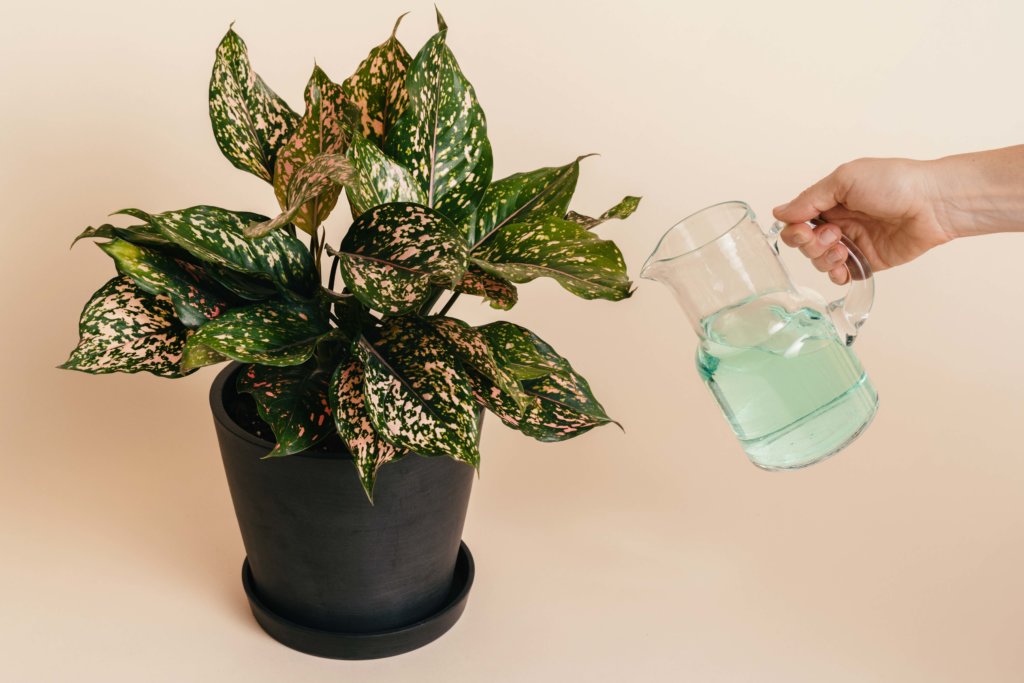
4. Under-fertilizing
The need for plant fertilizer is not a myth! In fact, it’s an extremely important variable for plant care—fertilizer provides plants the necessary nutrients they need to grow big and strong. Houseplants should be fertilized during periods of active growth, which is typically spring and summer. Plant fertilizers help to promote healthy foliage, strong roots, flowering, and more. Learn more about fertilizing with our Fertilizer How-To Guide.
If you’ve noticed one of your houseplants is struggling during the winter months, try a plant fertilizer in the spring once you see signs of new growth. Plant fertilizer and spring weather are usually the perfect combination to transform a drab plant back to a fab plant.
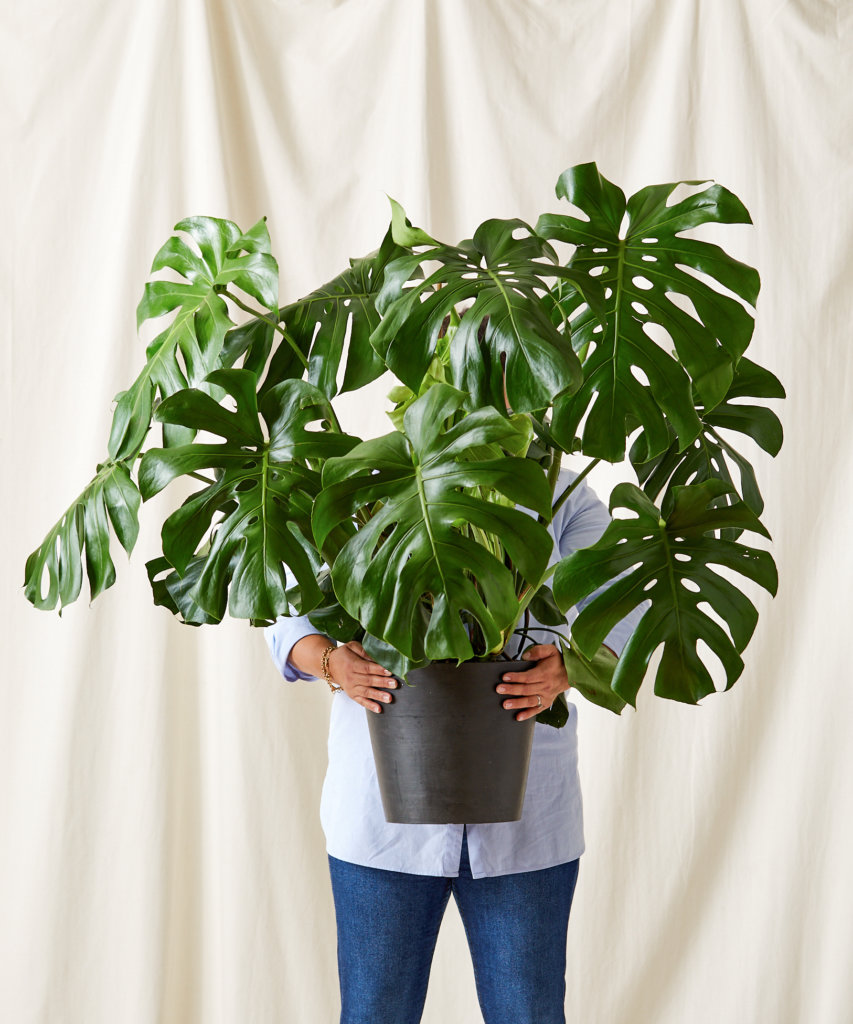
5. Moving Plants Around
Plants love to find a home and stay there. They thrive off of stability, so try to place your plants in forever homes. Each time you move a plant to a brand new location, it needs to adjust to new light levels and temperatures, and each “adjustment period” equals a pause in growth. If your plant is thriving, that means it’s happy in its current spot. If a recently relocated plant isn’t growing or is declining, give it a few weeks to adjust before making any more changes.
The only time you should move a plant is when you know its current environment is not doing the trick. If a plant’s leaves are yellowing this might be a sign it could use more sunlight, and if its leaf tips are becoming dry and crispy then it might need to be somewhere more humid. Explore Bloomscape’s care guides for growing tips, and do some research about what type of environment your indoor plant prefers.

6. Not Knowing Your Plant
One of the best tips we can offer plant parents is to do a tiny bit of research every time they purchase a new green buddy. Knowing the type of climate your houseplant originally came from is essential to take proper care of it. How often to water depends on each individual plant’s preferences. For example, cacti and succulent plants love dry soil because they originate from dry, desert regions. More tropical plants enjoy moist soil and humid air, which emulates their rainforest roots.
Each plant needs a different frequency of watering, type of soil, and amount of light. Temperature is fairly simple for most plants—if it’s too cold for a human to be comfortable, it’s probably too cold for an indoor plant to grow. Just keep in mind that some plants love humidity and might thrive in a bathroom, while others prefer to be dry and sit beside a bright window to soak up the sunshine.

Being a plant parent can be very satisfying. But remember, it’s okay to make mistakes—that’s the best way to learn. If you’d like to be the best plant parent possible, take advantage of Bloomscape’s online library of green tips and plant knowledge, and reach out to the Grow-How Team for personalized plant care advice.
Happy growing!







